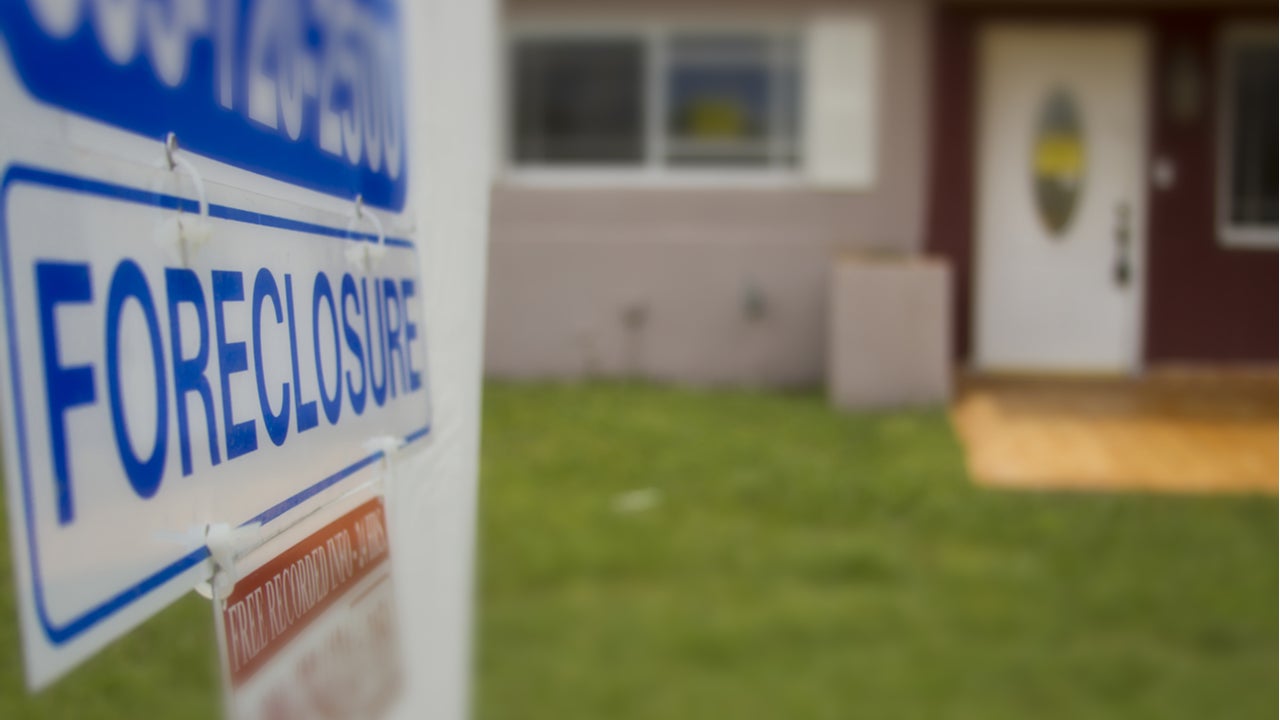What is adverse possession in real estate?

When you buy a home, you may be buying more than just the structure. If it’s a detached property, you may also be buying land or a lot and the features on it, such as a driveway, backyard, fence or shed. The last thing you want is to lose ownership of any part of the property to someone else, but it can happen in cases of adverse possession. Here’s how this legal principle works, and what you can do to address it if someone makes an adverse claim.
- Adverse possession is a legal principle that allows someone to gain ownership of land owned by someone else if certain requirements are met.
- Requirements for adverse possession vary by location, but typically include occupying, using and maintaining or improving the property for a specific amount of time.
- To avoid claims of adverse possession, property owners should know their property boundaries, regularly inspect the property and take steps to prevent any unauthorized use of it.
What is adverse possession?
Adverse possession is a legal principle that grants a person ownership of land owned by someone else if the person meets certain requirements. Typically, these requirements include occupying, using and maintaining or improving a property owned by someone else for a specific amount of time.
Adverse possession is different from an easement, in which a property owner explicitly grants certain rights, like permission to use a driveway, to someone else. Generally, to be considered adverse possession, someone must be using the property without the owner’s permission.
Adverse possession isn’t necessarily malicious, though — it can happen unintentionally. If a neighbor, for example, inadvertently builds a fence one foot onto your property and starts using the land enclosed by the fence, and you do nothing to stop them, they may eventually be able to claim adverse possession of that portion of your property. Similarly, if a neighbor plants a garden that accidentally oversteps the property line and takes care of it for the required length of time, they may be able to successfully claim adverse possession of that land.
Adverse possession vs. squatting
Adverse possession is a legal form of taking over property ownership, while squatting, or taking up unauthorized residence in an abandoned or unmonitored space, is illegal. However, a squatter intentionally occupying an abandoned home might be able to claim adverse possession in court after a certain period of time. This can fall under what’s known as “squatter’s rights,” and the laws governing it vary by state.
Adverse possession requirements
Adverse possession can be complicated because the exact requirements that characterize it vary depending on jurisdiction. For example, some states allow adverse possession claims by possessors who have simply occupied and used a property, intentionally or not. Others require the possessor to be aware that they’re trespassing on someone else’s property. In addition, the length of time required to claim adverse possession varies wildly from one state to another — it can be as short as two years or as long as 20 or even 30 years.
These are the typical requirements for an adverse possession claim:
- Continuous use: The possessor making the claim must have continuously occupied and used the property for the required period of time. Someone who lives in a family’s vacation home for three months a year couldn’t claim adverse possession, for instance, as he doesn’t occupy it continuously.
- Hostile use: In this context, “hostile” means that the possessor making the claim has used the property without permission. The possessor must show that the property owner hasn’t rented, leased or otherwise granted him permission to use the property.
- Exclusive use: The possessor making the claim must be the sole occupant and user of the property, act as the owner of the property and exclude others from using it (including the actual owner).
- Open and notorious: The possessor making the claim must be forthcoming about his use of the property, instead of concealing it. It should be obvious to neighbors or onlookers that the possessor is using the property, and the possessor should be taking actions that the owner typically would, such as receiving mail there.
- Actual possession: Likewise, the possessor making the claim must act as an owner would, such as keeping up with maintenance or home improvements. This can include mowing the lawn, maintaining the structures on the property and even paying property taxes.
In most jurisdictions, the possessor making the claim bears the burden of proof. In other words, the possessor must show that his claim meets all of the requirements that constitute adverse possession.
How to prevent adverse claims to your property
There are several steps you can take to prevent any claims of adverse possession to property you own. The first thing you need to do is know precisely what you own — the exact boundaries and property lines. If you’re unsure, it may be worth getting your property surveyed and marking its boundaries, so that it’s clear what belongs to you and what belongs to your neighbors. A survey can turn up any issues, such as a misplaced fence, before they lead to claims.
If you have agreements with neighbors to let them use some of your property in a particular way, put it in writing or secure a legal easement. Granting explicit permission this way makes the use of your property non-hostile, which would prevent a claim of adverse possession.
If you own property you don’t frequently use, take the time to visit and inspect it regularly (or have a trusted party do this for you) to make sure no one is occupying it. Be sure to maintain the property, as well — you may be able to point to that as evidence that you retain actual possession if the need arises. It may also help to put up a fence or post a “no trespassing” sign.
If you do find someone using or occupying your property, you need to take steps to remove the person, and this often requires legal help. According to C. Scott Schwefel, a Connecticut-based real estate lawyer, you’ll likely need to serve the adverse possessor a notice in writing and record the notice in your jurisdiction. “This acts as an interruption of the adverse possessor’s use and possession of the property and prevents acquisition,” Schwefel says.
Once you know what you own, “it’s very simple to avoid adverse possession claims,” says Rajeh Saadeh, a New Jersey-based lawyer. “Treat your property like it’s yours by securing your borders and using lawful means to remove those who don’t have your permission to enter or stay,” he says.






